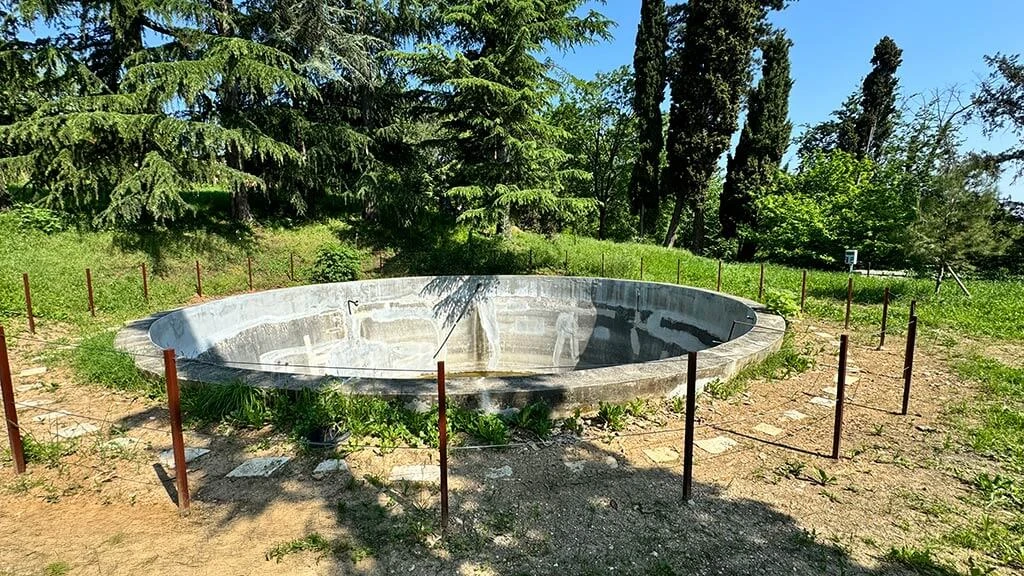The Hydraulic Machine

Villa Barbaro in Maser stands out among Palladio’s works for its unique location on a hillside. This sloped terrain led to the creation of an ingenious and sustainable hydraulic system. Water from a spring uphill flows down by gravity into the villa’s Nymphaeum, which serves as a collector and distributor: one pipe for domestic use, and two others for the garden and orchards.
Though admired for its monumental appearance, the Nymphaeum conceals a complex engineering solution. It filters groundwater through a porous retaining wall, channeling it into settling basins and distributing it via a network of pipes inspired by ancient Roman techniques.
Palladio designed a smart, adaptive structure: a double shell with radial supports and flexible buttresses, typical of Venetian architecture, allowing the building to respond to shifts in the terrain and variations in water pressure.
Over time, this delicate balance was compromised. In the 1960s, rigid concrete and steel structures were added, and the Nymphaeum’s breathable wall was sealed with cement plaster. These changes disrupted the original hydraulic function, causing moisture damage and weakening the structure.
Long seen merely as decoration, the Nymphaeum is now recognized as a remarkable feat of sustainable engineering, blending nature, architecture, and technology in perfect harmony.